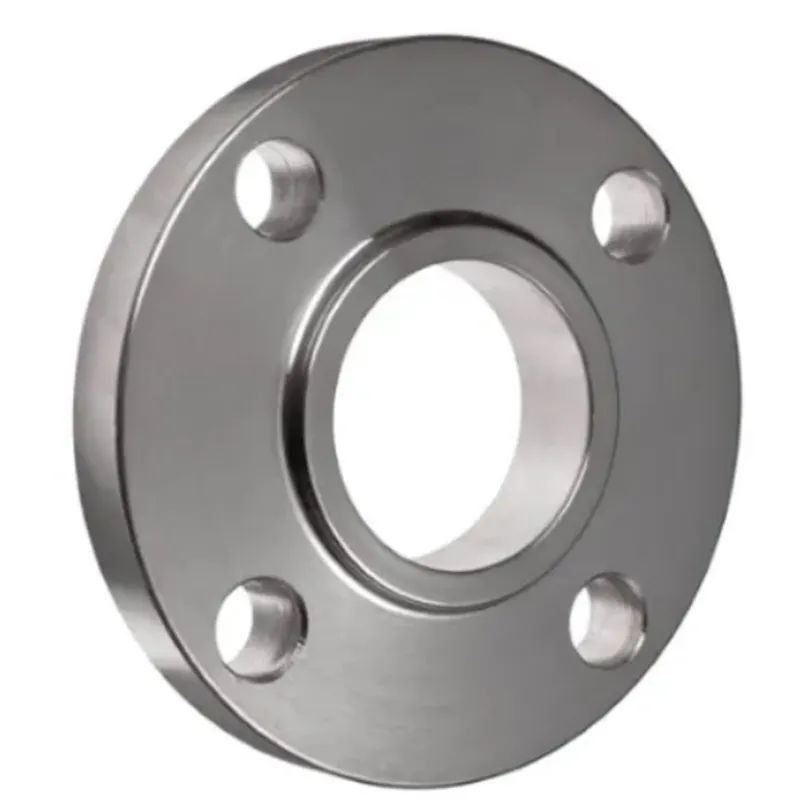-
Cangzhou Yulong Steel Co., Ltd.
-
Phone:
+86 13303177267 -
Email:
admin@ylsteelfittings.com
- English
- Arabic
- Italian
- Spanish
- Portuguese
- German
- kazakh
- Persian
- Greek
- French
- Russian
- Polish
- Thai
- Indonesian
- Vietnamese
- Zulu
- Korean
- Uzbek
- Hindi
- Serbian
- Malay
- Ukrainian
- Gujarati
- Haitian Creole
- hausa
- hawaiian
- Hebrew
- Miao
- Hungarian
- Icelandic
- igbo
- irish
- Japanese
- Javanese
- Kannada
- Khmer
- Rwandese
- Afrikaans
- Albanian
- Amharic
- Armenian
- Azerbaijani
- Basque
- Belarusian
- Bengali
- Bosnian
- Bulgarian
- Catalan
- Cebuano
- China
- China (Taiwan)
- Corsican
- Croatian
- Czech
- Danish
- Esperanto
- Estonian
- Finnish
- Frisian
- Galician
- Georgian
- Kurdish
- Kyrgyz
- Lao
- Latin
- Latvian
- Lithuanian
- Luxembourgish
- Macedonian
- Malgashi
- Malayalam
- Maltese
- Maori
- Marathi
- Mongolian
- Myanmar
- Nepali
- Norwegian
- Norwegian
- Occitan
- Pashto
- Dutch
- Punjabi
- Romanian
- Samoan
- Scottish Gaelic
- Sesotho
- Shona
- Sindhi
- Sinhala
- Slovak
- Slovenian
- Somali
- Sundanese
- Swahili
- Swedish
- Tagalog
- Tajik
- Tamil
- Tatar
- Telugu
- Turkish
- Turkmen
- Urdu
- Uighur
- Welsh
- Bantu
- Yiddish
- Yoruba

Dec . 29, 2024 18:34 Back to list
Overview of DIN 2566 Flange Specifications and Applications in Engineering
Understanding DIN 2566 Flanges Specifications and Applications
Flanges are critical components in piping and plumbing systems, used to connect pipes, valves, pumps, and other equipment. Among various flange standards, the DIN 2566 flange is a notable design originating from Germany, tailored to meet specific industrial requirements. In this article, we will delve into the specifications, types, materials, and key applications of DIN 2566 flanges, shedding light on their importance within industrial systems.
Specifications of DIN 2566 Flanges
The DIN 2566 flange standard is designed primarily for medium-pressure applications. Its specifications outline several critical dimensions, including diameter, thickness, and bolt hole sizes, which must adhere to strict tolerances to ensure compatibility with other piping components. The most common nominal pressures for these flanges are PN6 and PN10, with a focus on providing optimal sealing in various system pressures.
The flanges typically come in various sizes, ranging from small diameters suitable for residential plumbing systems to large diameters used in industrial applications. The dimension ranges encompass outer diameters, inner diameters, and flange thicknesses designed to fit standard pipe dimensions effectively. Additionally, the bolt hole patterns must be precise to enable proper fastening and to maintain the integrity of the system under pressure.
Types of DIN 2566 Flanges
There are primarily two types of DIN 2566 flanges slip-on and weld neck.
1. Slip-On Flanges These flanges are designed to easily slide onto the pipe, providing a straightforward method for connecting sections. The slip-on design minimizes fabrication and welding time, making it a popular choice for industries where this is a priority.
2. Weld Neck Flanges These flanges feature a long neck that allows for easy welding directly to the pipe. This type provides a high level of integrity as it helps to reduce stress concentrations at the weld joint. Weld neck flanges are frequently used in high-pressure applications due to their strength and durability.
Materials Used in DIN 2566 Flanges
DIN 2566 flanges can be manufactured from a variety of materials depending on the specific application and environmental factors
. The most common materials includedin 2566 flange

- Carbon Steel Known for its strength, affordability, and versatility, carbon steel is widely used in the construction of DIN 2566 flanges for general-purpose use in piping systems.
- Stainless Steel For applications requiring higher resistance to corrosion, stainless steel is preferred. These flanges are often used in industries such as food processing, pharmaceuticals, and chemical processing.
- Alloy Steel In environments with extreme temperatures or chemical exposure, alloy steel flanges may be used due to their enhanced properties.
Key Applications of DIN 2566 Flanges
DIN 2566 flanges are utilized in a diverse range of industries, including
- Oil and Gas In the exploration and transportation of oil and gas, these flanges provide the necessary sealing and connection required in pipelines.
- Chemical Processing The ability of DIN 2566 flanges to withstand various chemical compositions makes them a staple in chemical plants, ensuring safety and reliability in operations.
- Water and Wastewater Treatment These flanges facilitate connections in various stages of water treatment processes, playing a vital role in maintaining the flow and safety of water systems.
- HVAC Systems In heating, ventilation, and air conditioning systems, DIN 2566 flanges contribute to the seamless operation of the network of pipes and ducts.
Conclusion
The DIN 2566 flange is an essential element in various industrial and commercial applications, providing secure and reliable connections in piping systems. With diverse types, materials, and specifications, these flanges cater to a multitude of operational demands. Understanding their features and applications not only aids in selecting the proper flange for specific situations, but also ensures the longevity and safety of piping systems across industries. As industries continue to evolve, the significance of appropriate flange selection, such as the DIN 2566, will remain a critical factor in design and functionality.
Latest news
-
ANSI 150P SS304 SO FLANGE
NewsFeb.14,2025
-
ASTM A333GR6 STEEL PIPE
NewsJan.20,2025
-
ANSI B16.5 WELDING NECK FLANGE
NewsJan.15,2026
-
ANSI B16.5 SLIP-ON FLANGE
NewsApr.19,2024
-
SABS 1123 FLANGE
NewsJan.15,2025
-
DIN86044 PLATE FLANGE
NewsApr.19,2024
-
DIN2527 BLIND FLANGE
NewsApr.12,2024
-
JIS B2311 Butt-Welding Fittings LR/SR 45°/90° /180°Seamless/Weld
NewsApr.23,2024











